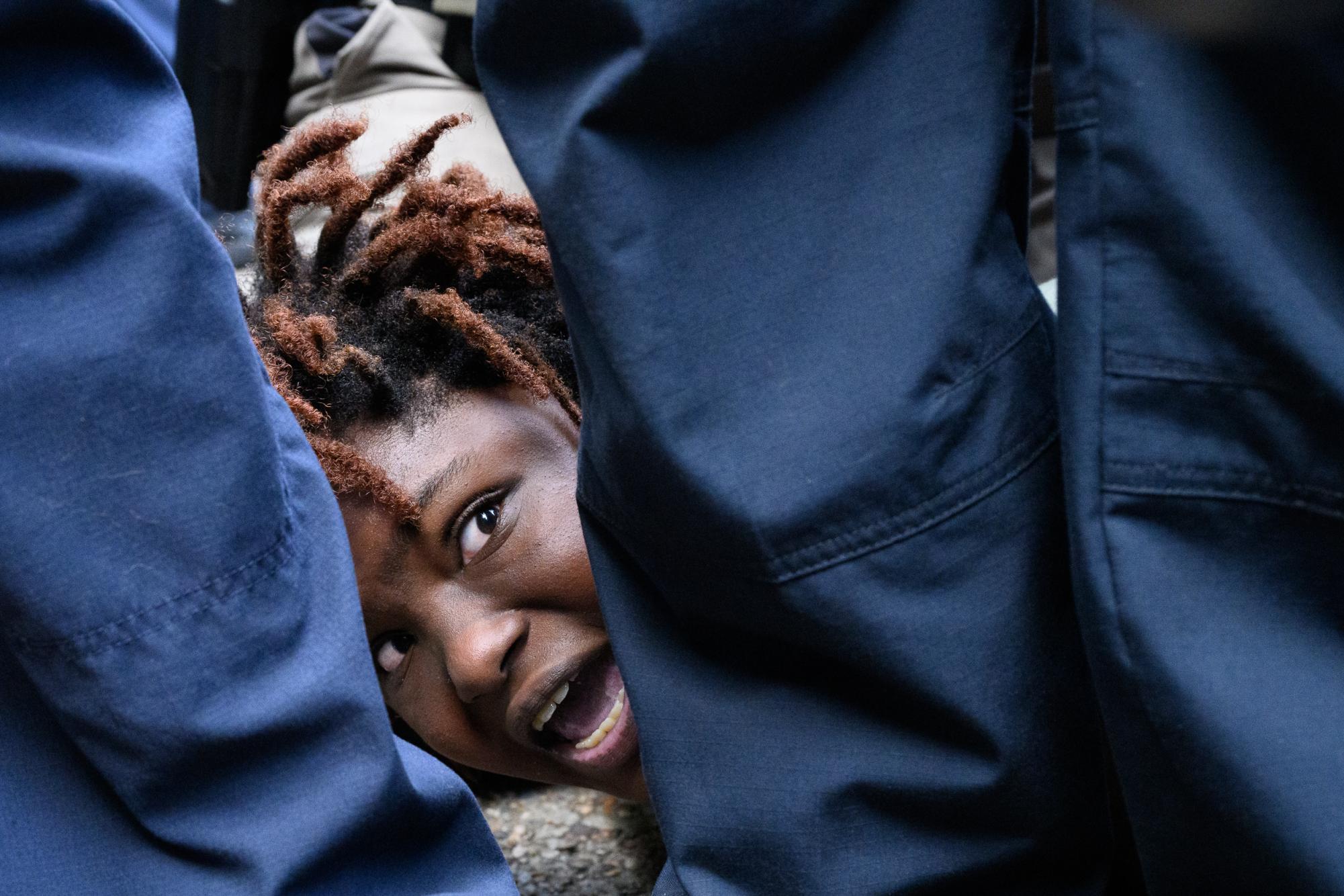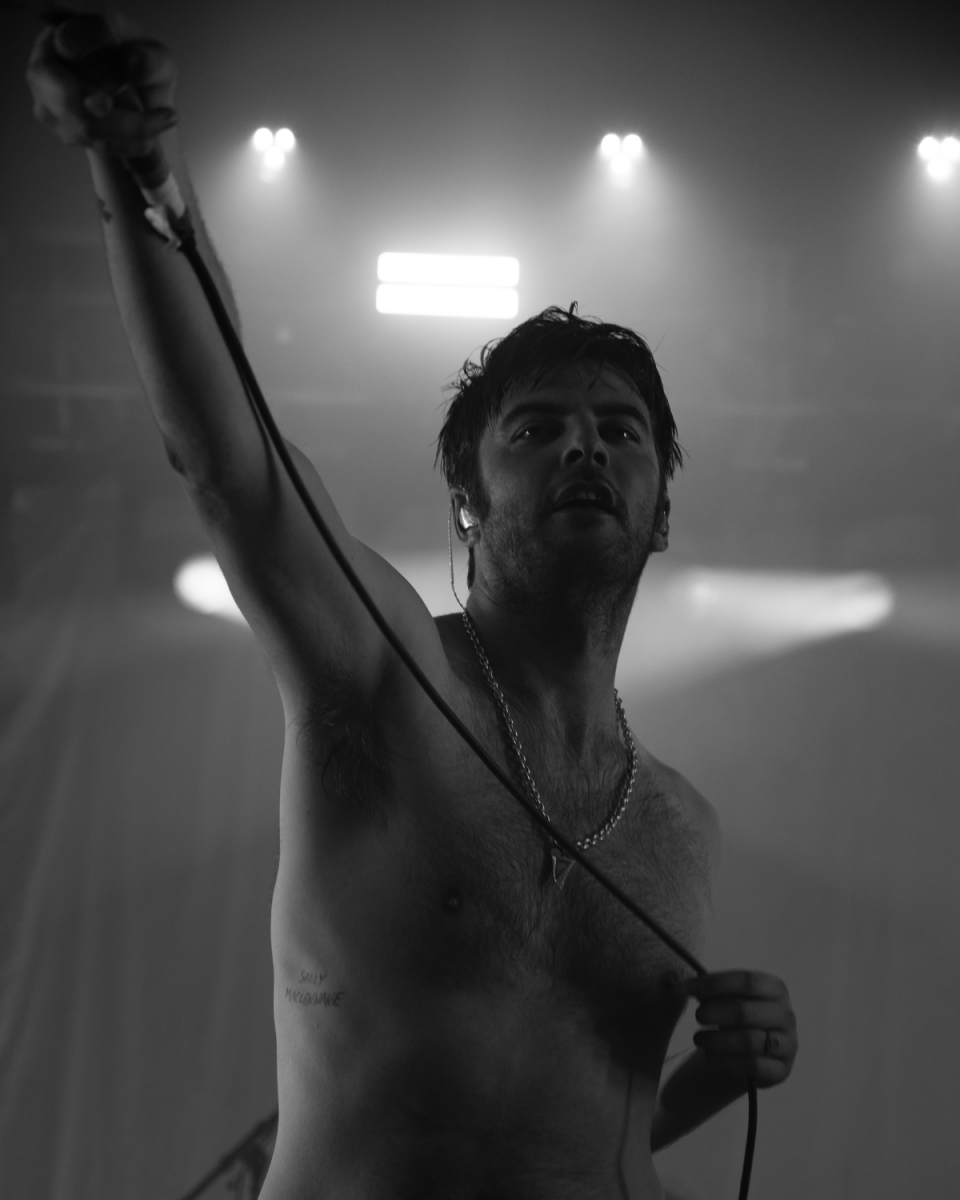Silence on South Mall

Dear readers,
As former President Jay Hartzell wrote in the Houston Chronicle in May 2024, “There is a long, proud history of protest at The University of Texas at Austin.”
In 1944, 8,000 students marched from the Tower through downtown Austin carrying a coffin marked with the words “Academic Freedom.” In 1969, students climbed into trees to prevent their removal, in what became known as the Battle of Waller Creek. In October 2023, following attacks in Gaza, students organized vigils and classroom walkouts, marking the beginning of the UT community’s response to the unfolding Gaza War.
A year ago, pro-Palestine protesters began gathering on our campus, joining university demonstrations around the country. Former President Jay Hartzell requested assistance from Gov. Greg Abbott, deploying Texas Department of Public Safety Troopers during a planned protest — one of the most decisive law enforcement responses to a protest seen at an American university in recent history.
The protests were met with 135 arrests. Multiple students and faculty involved in the protests faced disciplinary action.
In the following months, both institutional and state-level responses reshaped how students and faculty can engage in protest. The University implemented a limit on amplified sound and expressive activity from 8 a.m. to 10:30 p.m. daily, with an exemption for University activities. In August, the UT System Board of Regents adjusted its free speech policy to prevent the University from commenting on “issues of the day.”
While the University remained silent, The Daily Texan did not.
Today, The Daily Texan publishes “Silence on South Mall,” a special collection tracing the timeline of student protests, institutional response and the shifting state of expression on our campus.
The timeline presented is not just a chronology — it is a record of a pivotal moment in our University’s history. Our reporting documents how a campus that once prided itself on historical students’ protesting has implemented policies that fundamentally alter students’ ability to engage in political expression without fear of penalty.
We encourage you to reflect on what free speech means at the University of Texas at Austin today — and who gets to define it.

Though the protests on campus happened in April 2024, tensions had been rising since the previous semester. The Hamas attack on Oct. 7, 2023, led to Israel’s invasion of Gaza, which has resulted in almost 64,000 deaths since, according to Palestinian health officials. As anxieties and public safety concerns rose on campus following the event, both student organizations and University staff protested in response to the attacks.

Following days of pro-Palestine protests and encampments at universities across the nation, April 24 was the first day of UT’s main involvement in the movement. Hundreds gathered on campus in protest, with law enforcement responding en masse. By the end of the month, law enforcement had arrested 136 people on campus during the pro-Palestine protests and 165 faculty members signed a letter of no-confidence in then-President Jay Hartzell.

The University launched a series of investigations in response to the pro-Palestine protests in the months that followed, including issuing notices to protestors that stated they violated University rules and regulations during the protests, resulting in disciplinary action for some.

Once the fall 2024 semester started, the University began rolling out a series of initiatives and changes following the April protests, such as changing free speech policies on campus and approving the formation of a designated event response team. Despite this, campus participation in events supporting Palestine continued.
On Jan. 20, 2025, President Donald Trump returned to office and launched a series of executive orders targeting immigrants who participated in “antisemitic activity,” including pro-Palestine activities at higher education institutions. Though on-campus activism continued, the Trump administration’s actions divided participants between fear of potential repercussions and the urge to speak out against these orders.
Editor’s Note: News desk editors Maryam Ahmed and Matthew Gomez contributed in compiling stories for this collection. Director of digital strategy Athena Tseng designed this collection.



















